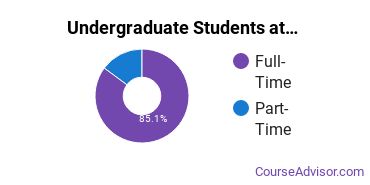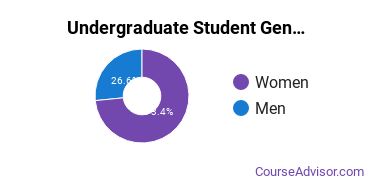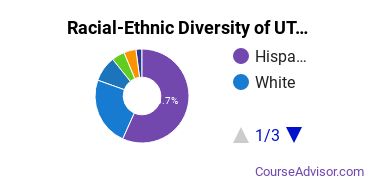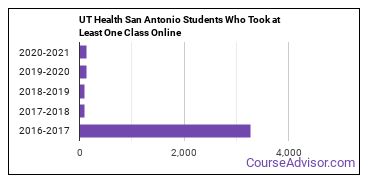The University of Texas Health Science Center at San Antonio Overview
The University of Texas Health Science Center at San Antonio is a public institution situated in San Antonio, Texas. The city atmosphere of San Antonio makes it a great place for students who enjoy having lots of educational and entertainment options.
What Is The University of Texas Health Science Center at San Antonio Known For?
- UT Health San Antonio has an impressive student to faculty ratio of 5 to 1.
- The 1% student loan default rate at UT Health San Antonio is better than the national rate of 10.1%. That's a good sign that you may be able to pay off student loans easier than your peers at other schools can.
- Although it may not be available for every major, the doctor's degree is the highest award a student can attain at UT Health San Antonio.
- For the <nil> academic year, 74% of the faculty were full-time.
- After graduation, UT Health San Antonio bachelor's degree recipients go on to jobs where they make $75,072 a year. That's about 84% more than their peers at other schools.
Featured schools near , edit
Where Is The University of Texas Health Science Center at San Antonio?

Contact details for UT Health San Antonio are given below.
| Contact Details | |
|---|---|
| Address: | 7703 Floyd Curl Dr, San Antonio, TX 78229-3900 |
| Phone: | 210-567-2620 |
| Website: | www.uthscsa.edu |
How Do I Get Into UT Health San Antonio?
You can apply to UT Health San Antonio online at: uthscsa.edu/academics
Can I Afford The University of Texas Health Science Center at San Antonio?
The student loan default rate at UT Health San Antonio is 0.5%. This is significantly lower than the national default rate of 10.1%, which is a good sign that you'll be able to pay back your student loans.
The University of Texas Health Science Center at San Antonio Undergraduate Student Diversity

There are also 2,712 graduate students at the school.
Gender Diversity
Of the 670 full-time undergraduates at UT Health San Antonio, 27% are male and 73% are female.

Racial-Ethnic Diversity
The racial-ethnic breakdown of The University of Texas Health Science Center at San Antonio students is as follows.

| Race/Ethnicity | Number of Grads |
|---|---|
| Asian | 59 |
| Black or African American | 28 |
| Hispanic or Latino | 380 |
| White | 159 |
| International Students | 14 |
| Other Races/Ethnicities | 30 |
Over 30 countries are represented at UT Health San Antonio. The most popular countries sending students to the school are Saudi Arabia, China, and India.
Online Learning at The University of Texas Health Science Center at San Antonio
The following chart shows how the online learning population at UT Health San Antonio has changed over the last few years.

This school is the 84th most popular in Texas for online learning according to the online graduations recorded by the Department of Education for the academic year 2020-2021.
Online Growth Rankings of UT Health San Antonio
The average growth rate over the last four years of online students at The University of Texas Health Science Center at San Antonio was 20.0%. This is the #1,067 largest growth rate of all schools that are only partially online. This refers to all students at UT Health San Antonio regardless of major.
When we speak of partially online, we are referring to schools whose online population is less than 50% of its total student body. Mostly online refers to those with online populations greater than or equal to 50%.
References
*The racial-ethnic minorities count is calculated by taking the total number of students and subtracting white students, international students, and students whose race/ethnicity was unknown. This number is then divided by the total number of students at the school to obtain the racial-ethnic minorities percentage.
- College Factual
- National Center for Education Statistics
- Image Credit: By AMAPO under License
More about our data sources and methodologies.
Featured Schools
 Request Info
Request Info
|
Southern New Hampshire University You have goals. Southern New Hampshire University can help you get there. Whether you need a bachelor's degree to get into a career or want a master's degree to move up in your current career, SNHU has an online program for you. Find your degree from over 200 online programs. Learn More > |
